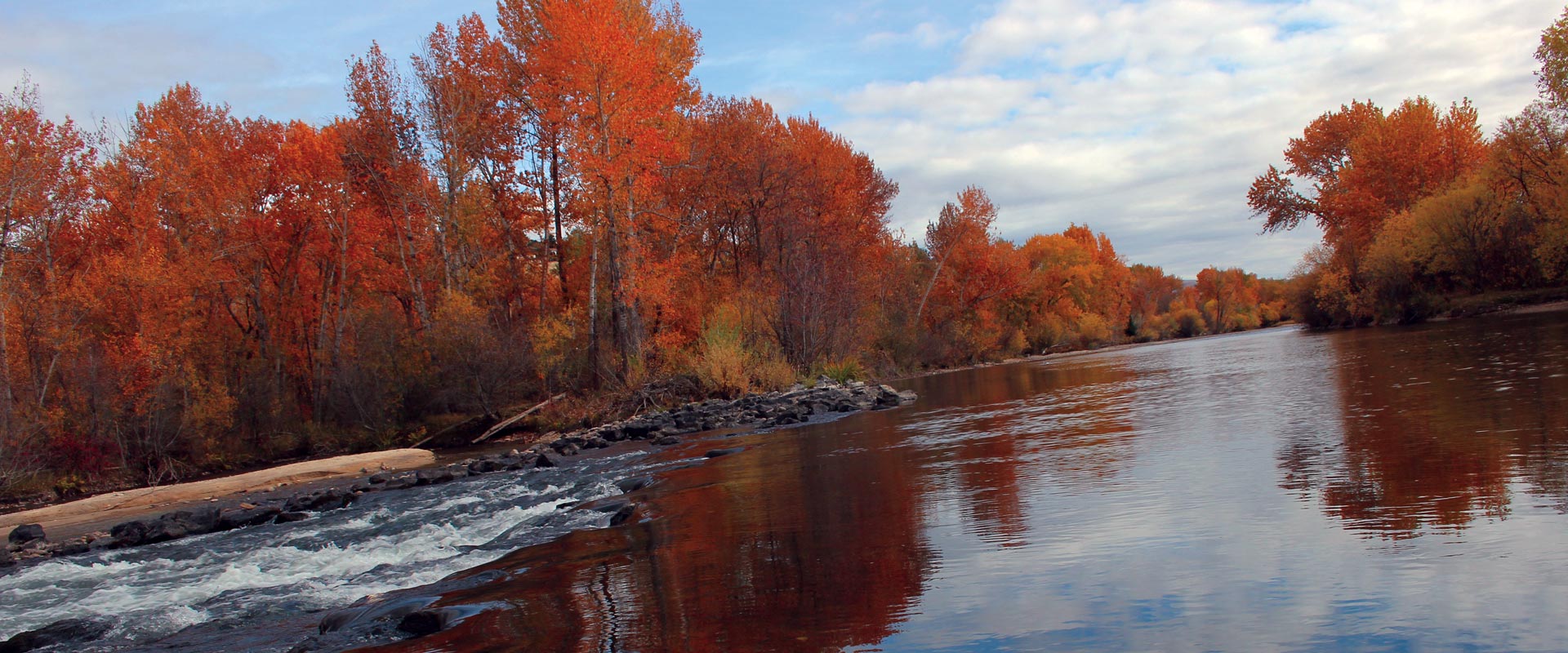
Environmental
As our population grows and our transportation system expands to accommodate that growth, one challenge we face is how to grow in a way that minimizes environmental impacts.
To help meet this challenge, COMPASS worked closely with both transportation and natural resource agencies and organizations throughout the development of Communities in Motion 2040 2.0 to examine potential environmental issues and sensitive areas, including:
- Hydrological areas
- Habitat and wildlife areas
- Traffic noise
- Hazardous materials/contaminated sites
- Cultural and historic resources
- Environmental justice consideration areas (areas with higher than average concentrations of low income and/or minority populations)
- Open space, parks, and recreation areas
- Agricultural and farmland
- Land use
COMPASS and its partner agencies then identified mitigation strategies for addressing environmental impacts when needed.
Environmental Issues
Using a n “environmental suitability analysis,” COMPASS examined potential environmental issues and sensitive areas along unfunded transportation corridors, then mapped the relative concentration of those issues to show which corridors have the highest – and lowest – potential for environmental impacts from transportation projects.
n “environmental suitability analysis,” COMPASS examined potential environmental issues and sensitive areas along unfunded transportation corridors, then mapped the relative concentration of those issues to show which corridors have the highest – and lowest – potential for environmental impacts from transportation projects.
In addition, environmental suitability data were compiled into a matrix showing how individual issues relate to specific transportation projects. This information was considered as part of the process to prioritize unfunded corridors and projects.
Air quality was not included in the environmental suitability analysis, as Ada and Canyon Counties share one airshed, so air quality issues are not tied to particular locations. However, this does not imply that air quality is any less important. As a matter of fact, air quality has its own set of requirements related to transportation projects; learn more here.
Mitigation Strategies
COMPASS identified potential mitigation activities that can help restore and maintain environmental functions that are impacted by projects in Communities in Motion 2040 2.0.
In priority order, mitigation strategies strive to:
- Avoid the impact altogether
- Minimize impacts
- Rectify the impact
- Reduce or eliminate the impact over time
- Compensate for the impact


